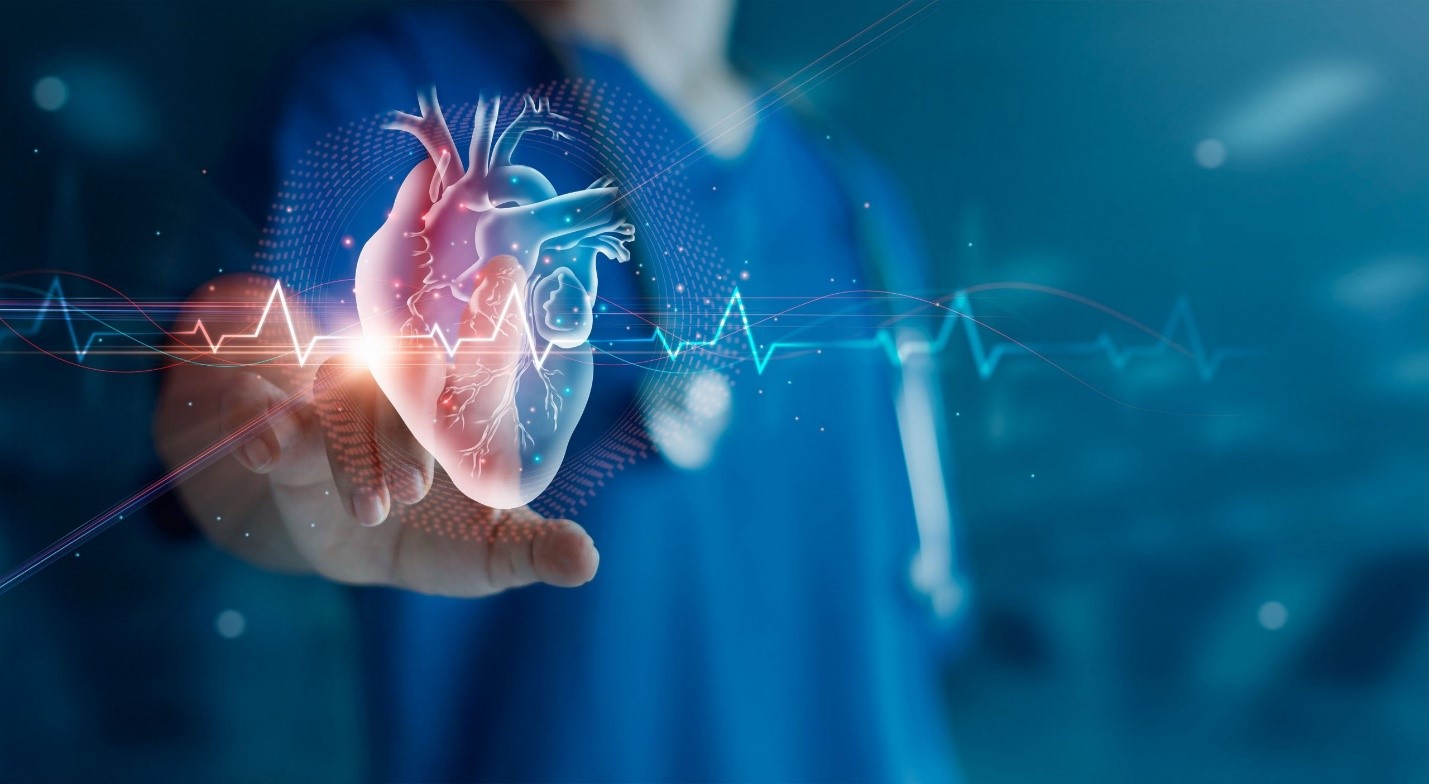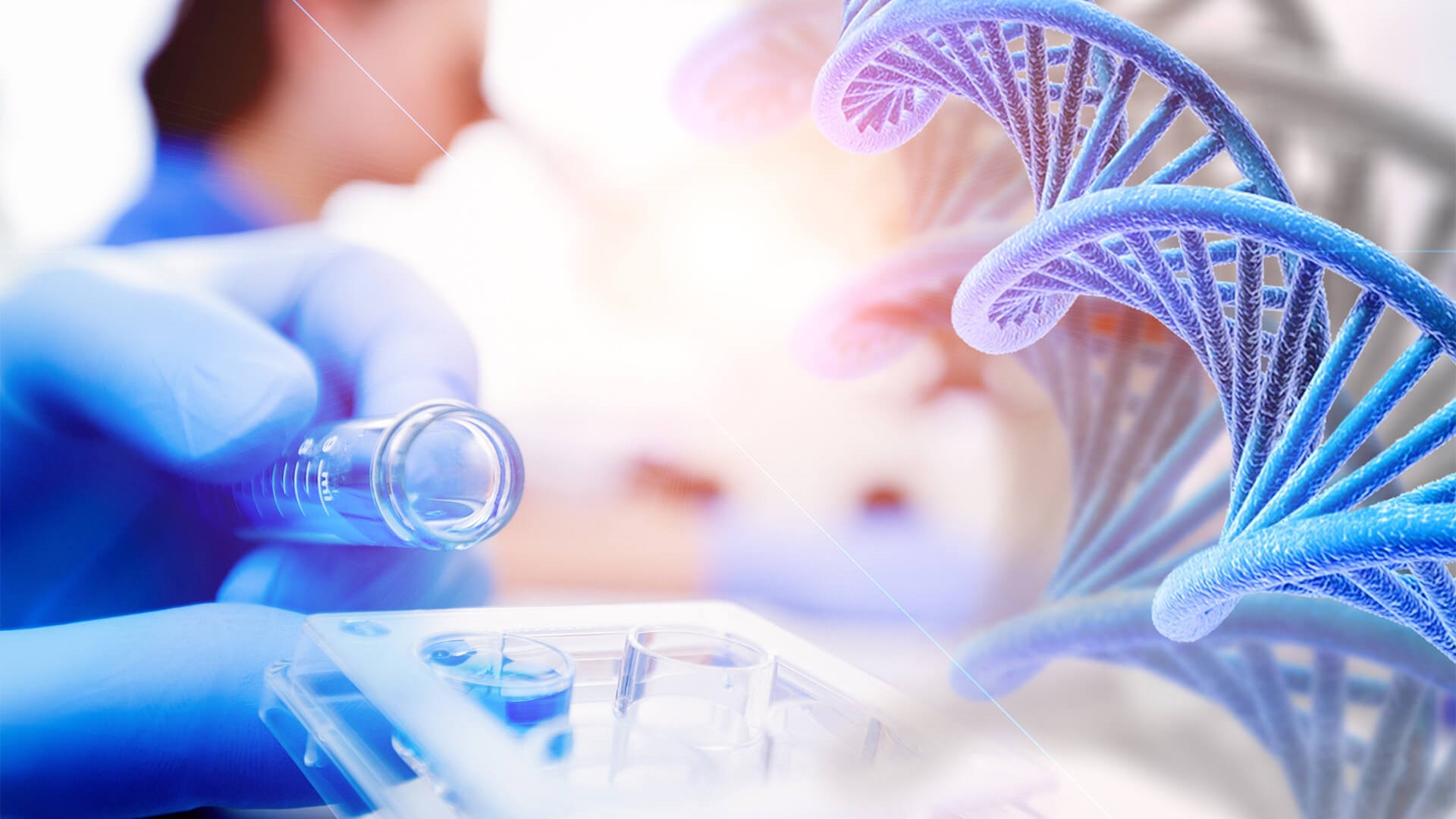Cardiovascular health remains a critical focus in medical research and clinical practice due to its significant impact on global morbidity and mortality rates. Cardiovascular diseases (CVDs) are the leading cause of death worldwide, accounting for approximately 17.9 million deaths annually, according to the World Health Organization (WHO). Recent advancements in medical science and technology have
Cardiovascular health remains a critical focus in medical research and clinical practice due to its significant impact on global morbidity and mortality rates. Cardiovascular diseases (CVDs) are the leading cause of death worldwide, accounting for approximately 17.9 million deaths annually, according to the World Health Organization (WHO). Recent advancements in medical science and technology have led to innovative treatments and technologies aimed at improving cardiovascular health. This article explores some of the most promising developments in this field.
Precision Medicine and Genomics
One of the most groundbreaking innovations in cardiovascular health is the application of precision medicine and genomics. Precision medicine tailors treatment to the individual characteristics of each patient, including their genetic makeup. Genomic studies have identified specific genes associated with cardiovascular diseases, facilitating early detection and personalized treatment plans.
For instance, researchers have discovered genetic variants linked to conditions such as hypertrophic cardiomyopathy and familial hypercholesterolemia. By identifying these genetic markers, clinicians can implement preventive measures and targeted therapies that are more effective than traditional one-size-fits-all approaches.
Advanced Imaging Techniques
Advancements in imaging technologies have revolutionized the diagnosis and management of cardiovascular diseases. Techniques such as 3D echocardiography, cardiac magnetic resonance imaging (MRI), and computed tomography (CT) angiography provide detailed images of the heart and blood vessels, enabling precise assessment of cardiovascular health.
3D echocardiography, for example, offers real-time, three-dimensional views of the heart’s structure and function, allowing for more accurate diagnosis of conditions like valve disorders and congenital heart defects. Cardiac MRI provides high-resolution images without the use of ionizing radiation, making it a safer option for repeated assessments. CT angiography, on the other hand, is particularly useful for detecting coronary artery disease and planning interventions such as stent placements.

Picture by: Yandex.com
Wearable Technology and Remote Monitoring
Wearable technology and remote monitoring devices have become increasingly popular tools for managing cardiovascular health. Devices such as smartwatches and fitness trackers can monitor heart rate, physical activity, and even detect irregular heart rhythms like atrial fibrillation. These devices provide real-time data that can be shared with healthcare providers, enabling continuous monitoring and timely interventions.
Remote monitoring systems, including implantable cardiac monitors and telehealth platforms, have also gained traction. These systems allow for the remote tracking of patients’ cardiovascular health, reducing the need for frequent in-person visits and improving access to care, especially for those in remote or underserved areas.
Minimally Invasive Procedures
Minimally invasive procedures have transformed the landscape of cardiovascular treatments, offering less invasive alternatives to traditional open-heart surgeries. Techniques such as transcatheter aortic valve replacement (TAVR) and percutaneous coronary intervention (PCI) have become standard practices for treating various cardiovascular conditions.
TAVR, for example, is a minimally invasive procedure used to replace a narrowed aortic valve without the need for open-heart surgery. This procedure involves threading a catheter through a blood vessel to the heart and implanting a new valve, resulting in shorter recovery times and reduced risks compared to traditional surgery.
Similarly, PCI, commonly known as angioplasty, involves using a balloon catheter to open up blocked coronary arteries and placing a stent to keep them open. This procedure is widely used to treat coronary artery disease and prevent heart attacks.
Regenerative Medicine and Stem Cell Therapy
Regenerative medicine and stem cell therapy hold great promise for repairing damaged heart tissue and improving cardiovascular health. Researchers are exploring the use of stem cells to regenerate heart muscle cells, repair damaged blood vessels, and improve heart function after a heart attack.
One notable example is the use of induced pluripotent stem cells (iPSCs), which can be reprogrammed into various types of heart cells. These cells can potentially be used to create heart tissue patches or even entire heart structures for transplantation. While still in the experimental stage, stem cell therapy has shown promising results in preclinical and early clinical trials, offering hope for future treatments.

Picture by: Yandex.com
Artificial Intelligence and Machine Learning
Artificial intelligence (AI) and machine learning (ML) are increasingly being integrated into cardiovascular health care. These technologies can analyze vast amounts of data to identify patterns, predict outcomes, and assist in clinical decision-making.
AI algorithms, for example, can analyze medical images to detect early signs of cardiovascular diseases with high accuracy. Machine learning models can predict the risk of heart attacks or strokes based on patients’ medical histories, lifestyle factors, and genetic information. These predictive tools enable proactive interventions and personalized treatment plans, ultimately improving patient outcomes.
Innovative Medications and Drug Delivery Systems
The development of new medications and advanced drug delivery systems has also contributed to improved cardiovascular health. Novel anticoagulants, antiplatelet agents, and lipid-lowering drugs have been introduced to manage conditions such as atrial fibrillation, coronary artery disease, and high cholesterol.
In addition to new medications, innovative drug delivery systems are being developed to enhance the efficacy and safety of treatments. For example, nanoparticle-based drug delivery systems can target specific tissues or cells, reducing side effects and improving therapeutic outcomes. These systems are particularly useful for delivering drugs to the heart and blood vessels, where precise targeting is crucial.
Lifestyle and Behavioral Interventions
While technological and pharmacological advancements are crucial, lifestyle and behavioral interventions remain foundational to cardiovascular health. Innovations in digital health platforms and mobile applications have made it easier for individuals to adopt and maintain heart-healthy behaviors.
Mobile apps can provide personalized recommendations for diet, exercise, and stress management based on users’ health data. Virtual coaching and support groups offer motivation and accountability, helping individuals make sustainable lifestyle changes. These digital tools complement traditional interventions and empower individuals to take an active role in managing their cardiovascular health.
Conclusion
Innovations in cardiovascular health are rapidly evolving, offering new treatments and technologies that improve diagnosis, management, and outcomes for patients with cardiovascular diseases. From precision medicine and advanced imaging techniques to wearable technology and regenerative medicine, these advancements hold great promise for the future of cardiovascular care.
As research continues and new technologies emerge, the potential to further enhance cardiovascular health and reduce the global burden of cardiovascular diseases is immense. By embracing these innovations and integrating them into clinical practice, healthcare providers can offer more effective, personalized, and accessible care to patients, ultimately improving cardiovascular health outcomes worldwide.
















